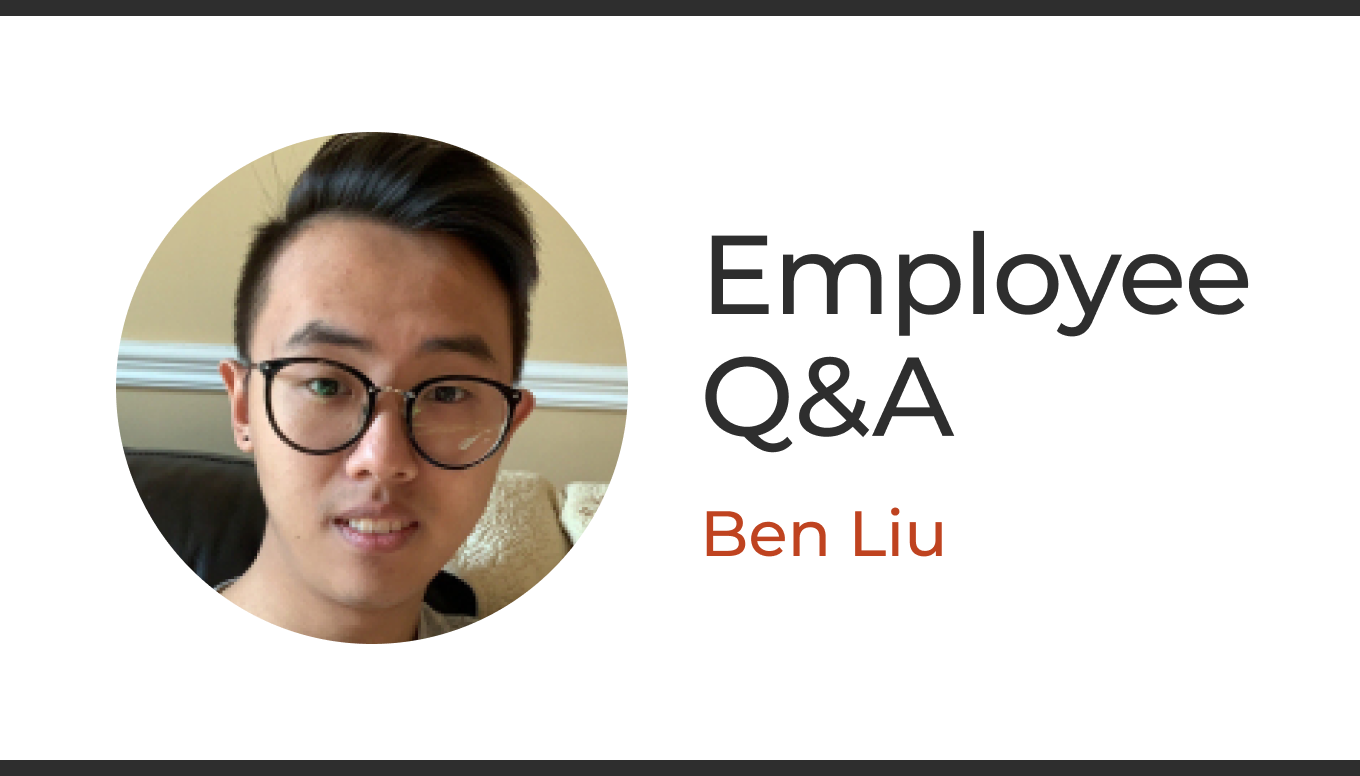Return to Resources
Hiring Really Great People
Sep 6, 2019
5 min read
Hiring great people is challenging, but it can be done. Here are four ways that Mappedin uses the Golden Rule in our interview process.
“We stay curious, challenge opinions, take risks, and learn from mistakes. We’re competitive and we like to win together.”
If this sounds familiar, you may have spent some time on the Mappedin Careers page or have applied to join our team. These values are rooted in our incredible work culture and we believe this starts before a new member of our team even enters the building.
Over the past two years, Mappedin has doubled in size to the 70-person team that works in our Waterloo office today. Like any growing company, we’ve seen teams restructure, policies change, and people come and go. Despite these changes, one thing has remained consistent through it all; our mission to hire really great people.
Is it tough to find talent? Absolutely. But it can be done.
For us, it all boils down to the Golden Rule: treat others how you want to be treated.
Here are some of the ways we try and do that throughout our interview process.
Openly discuss challenges
From job description to onboarding, we openly talk about the challenges, risks, and potential low points of the position. In our opinion, there is no drawback to frank and transparent conversations. Not only does this immediately build trust between interviewers and candidates, but it also provides a clear picture of the role and what the day-to-day actually looks like. This can also lead to really honest and collaborative discussions. Applicants can self-select whether the role is the right fit for them and when it is, they are empowered to prepare for these challenges and consider potential solutions before they even step foot in the office.
Don't make decisions for candidates
During the interview process, it’s easy to feel like you have a good snapshot of who someone is. After all, you’ve spent the last hour or two discussing their work history and style, their thought process, strengths, weaknesses, and more. One of our guiding interview principles and as all good interviewers know, is never decide for yourself what a candidate will or will not be comfortable with. Let me give you a few examples.
“Lisa mentioned that she has a hard time meeting new people and this role requires her to get up-and-running really quickly. She’ll be too shy and won’t be able to start work as soon as we need.”
“Simon was extremely nervous during his first interview. This role requires talking to lots of people, internally and externally. His nerves will get the best of him and he will fail in this role.”
This is an example of one of the many interview biases. Even if your intuition may be correct, this creates a gap and doesn’t provide candidates with a fair chance. Rather than telling yourself stories, propose these as questions throughout the interview. In Lisa’s case, ask her for examples of times she overcame this, what she’s doing to work on it, and what her concerns are with ramping up quickly at the company. Allow the candidate the chance to reflect and see how they would handle a given situation.
Have the right people in the room
The Mappedin Team is made up of six departments: Customer Operations, Development, Finance, People Operations, Product & Marketing, and Sales. Despite the differences between them, the interview process remains the same and are made up of discussions and technical assessments. For the sake of applicants and the team, we make sure that the right people are in the room. This means that throughout the process, the candidate has a chance to speak with someone from People Operations, members of their prospective team, the hiring manager, and Mappedin’s Founder, Hongwei Liu. This allows both the candidate and the hiring team to get a feel for one another, examine different perspectives, and discuss things like culture, working style, processes, and more.
Don't waste time
We believe in a quick interview process, aiming for two weeks from initial phone interview to a formal offer. There is nothing worse for candidates or hiring managers, than losing momentum during this time. Companies should want to keep strong candidates engaged with both the team and the open position. To accomplish this, you can move them through the stages quickly and when that’s not possible, give them honest and timely updates. It is also important to keep in mind that the time managers and team members spend interviewing is time spent away from their day-to-day tasks and projects.
If you’ve come into contact with recruiting or interviewing in the past, you may have heard the saying “hire slow, fire fast.” The foundation of this concept is to ensure someone is a good fit before bringing them onboard your team and, if things aren’t working out, let them go promptly and start fresh. We tend to agree with this philosophy but believe that there is such a thing as hiring too slowly.
There you have it! There’s no big secret and there are no smoke and mirrors. At Mappedin, we simply keep the above principles in mind and above all else, we remember the Golden Rule.


